On February 15, 1997, Federico Zeri wrote a letter to the collector who had purchased a splendid Rape of the Sabine Women, assigned to Sebastiano Ricci in an auction at Sotheby’s in Munich some time earlier. “The painting examined here,” commented the great connoisseur and art historian, “is supported by the almost frenetic rhythm with which the narrative unfolds, and which is typical of Magnasco: Ricci has never pushed his sequences up to this diapason.” According to Zeri, the Rape of the Sabine Women is a masterpiece by Alessandro Magnasco, and it was, if anything, Sebastiano Ricci who transposed formal elements from the Genoese. Today, the attribution of this singular painting remains disputed, but Federico Zeri should be credited with having been able to frame its context, namely “that special and still in many ways elusive conjuncture of the late seventeenth and early eighteenth centuries,” writes Andrea Bacchi, “during which the Genoese Magnasco and the Venetian Ricci met, first in Milan and then in Florence, and of which Carlo Giuseppe Ratti was the first to give an account.”
The episode of the Rape of the Sabine Women is one of many examples of the Roman art historian’s insights that punctuate the exhibition Day by Day in Painting. Federico Zeri and Milan, the exhibition, curated by Andrea Bacchi and Andrea Di Lorenzo, that the Poldi Pezzoli Museum, to which Zeri was so close that he donated two works from his own collection to the institute, is dedicating to him on the centenary of his birth, and which closes on March 7. One wonders from whence he derived that ability, formidable to such a mark that it has become almost legendary and led him to become a trusted adviser to major collectors, to recognize the hand hidden behind a painting. What counts is the “eye,” Zeri said. Literally: at the beginning of the exhibition, the images of a documentary film scroll by, at one point offering an informal conversation between him and Pierre Rosenberg. And this is the version Zeri renders to the Louvre’s historic director: the eye counts. And by “eye” we do not mean a particular innate gift, however much a certain predisposition may naturally facilitate the work of the connoisseur: it is, if anything, the exercise of a set of skills and knowledge. A first general impression and subsequent deductions, first of all. The assessment of the work’s conservative state. The analysis of the technique employed by the painter. The propensity to question every single element of the painting in order to understand how consistent it might be with an artist’s style, that is, that critical spirit that Zeri considered the “soul of research.” Of course, one needs a good memory, which Zeri kept in constant training with his boundless photo library, later left to the University of Bologna: nearly three hundred thousand photographs that make it the largest private archive of Italian painting in the world. These are, for the most part, black and white images: Federico Zeri hardly worked on color images. The technologies of his time often did not guarantee a faithful rendering of color, and untruthful color confuses ideas. It would be interesting to know if, with today’s high-resolution images, he would have had different ideas.
The exhibition that is coming to a close in Milan is therefore, first and foremost, a kind of small collection of some cases in which Federico Zeri’s eye was instrumental. But it is also an opportunity to get to know his interests, to understand how the figure of the connoisseur is distinct from that of the art historian while retaining some traits in common (according to Zeri, an art historian must necessarily also be a connoisseur, but a connoisseur may not be an art historian), to get to the heart of some of the most important art-historical issues on which Federico Zeri entered, often decisively. And, not least, it is an opportunity to learn about that close bond that united Federico Zeri to Poldi Pezzoli even after his death, as well as to Milan more broadly.
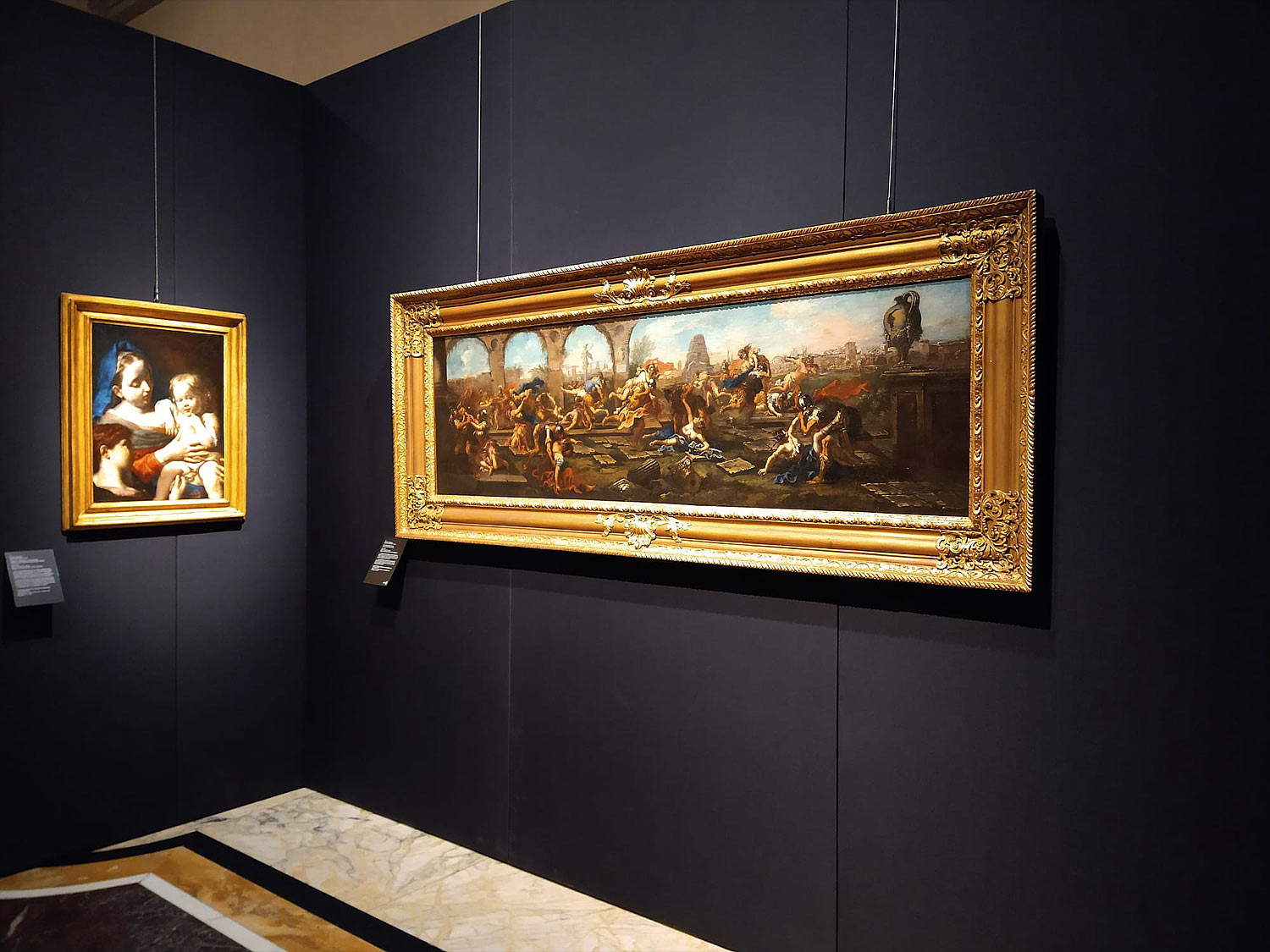
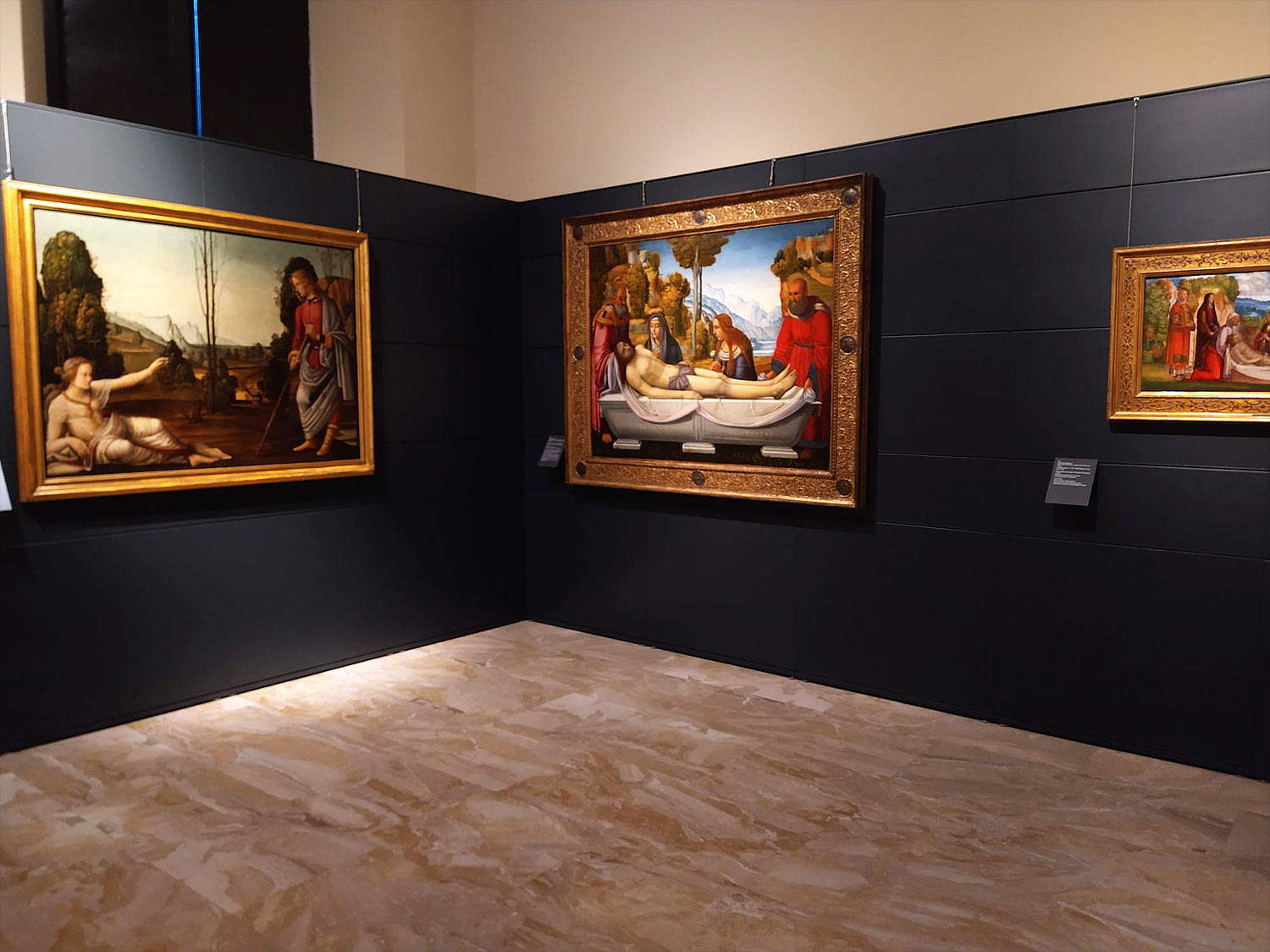
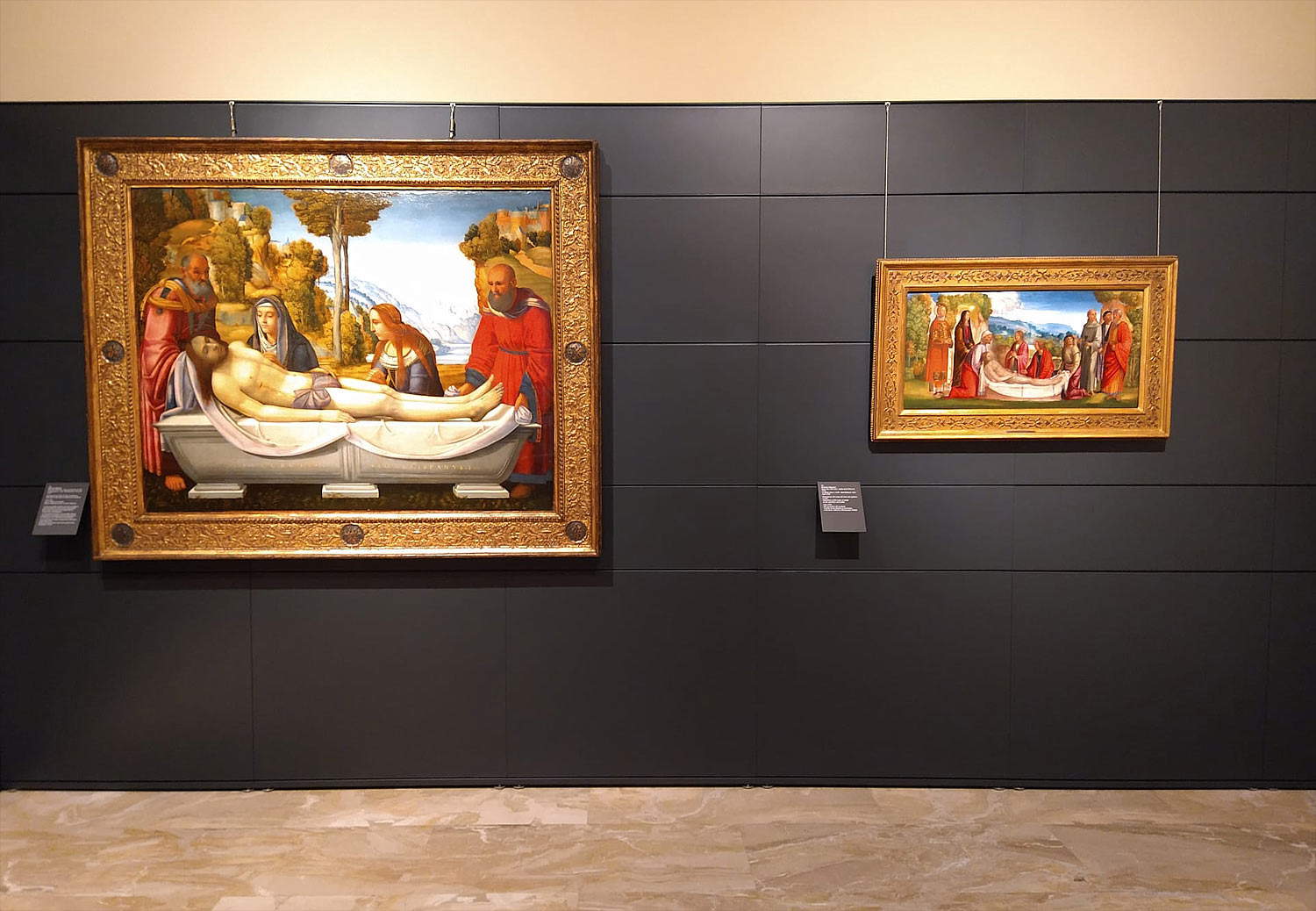
Day by Day in Painting. Federico Zeri and Milan is sharply divided into two parts: in the first room the audience will encounter some paintings that best exemplify his interests and best account for his methods. The second room, on the other hand, contains two nuclei that evoke two events that fascinated the scholar, namely that of Donato de’ Bardi and that of Johannes Hispanus. In between, acting as a binder, are the two plates that Zeri bequeathed to the Poldi Pezzoli, and a reminder of his relationship with the city of Milan. The start belongs to a triptych with movable panels by Giovanni di Corraduccio, circa 1410: Zeri wrote in 1976 in publishing the work (excellent, moreover, the idea of entrusting part of the exhibition’s narrative to excerpts from the scholar’s essays, which accompany the captions) that in this triptych “most curious is the distribution of the stories in the central panel,” since “the indifference to the actual unfolding of the Gospel text is glaring, so that the Last Supper turns out to have been moved in an inexplicable way.” Zeri justified the anomaly on the basis of the author’s personal and mystical interpretation of the Gospel text. The nucleus of late Gothic art, in which Zeri had an abiding interest, is completed by a Crucifixion by Zanino di Pietro, which Zeri brought to the attention of critics in 1962 by framing the author and the context in which it was made, and by two panels by the Master of the Judgement of Paris at the Bargello, a Saint John the Baptist and a Saint Margaret of Antioch, which at the time of Zeri’s attribution represented two important additions to the catalog of the anonymous master whose namepiece is a desco preserved at the Bargello.
A decidedly significant loan, so much so that it was reproduced on the cover of the catalog, is a Portrait of a Young Man by Ercole de’ Roberti, also painted on the reverse side with a Female Portrait: Renaissance portraiture was an area in which Zeri was able to distinguish himself, and the exhibition nucleus is completed at the Poldi Pezzoli by a Portrait of Fra’ Michele da Brescia by Giovanni Battista Moroni, which like the portrait of De’ Roberti is from a private collection. The latter is a work of Bentivoglioesque ambit (the two young people could be Annibale Bentivoglio and Ginevra Sforza Bentivoglio): the definitive attribution to the great Ferrarese master is due to Zeri, who confirmed a hint by Roberto Longhi after the painting passed at auction at Sotheby’s in 1992 with a generic reference to the Bolognese school. Interestingly, it is worth noting that technical ultraviolet and infrared analyses contributed to support the hypothesis that the subject depicted is Annibale Bentivoglio, which revealed the inscription “annibale bentivolio” above the female profile: Zeri was convinced that the “eye” took precedence over laboratory analyses, so much so that he sometimes went so far as to contradict the results of the investigations. In the case of the portrait of Ercole de’ Roberti, however, the analyses gave support to an identification of which even he was quite convinced. Also part of the Renaissance page of the exhibition is a Madonna and Child with Saints by Andrea Previtali, published by Zeri in 1956, rightly framed from the start as a work that marks its author’s closest approach to Lorenzo Lotto, whose ascendancy is notably detected in the images of the saints, while the Madonna and Child derives from Bellinian solutions.
The first section closes with a group of works from the seventeenth to eighteenth centuries that are particularly interesting for getting to know Zeri’s interests, which were directed especially to the painting of northern Italy, and extended to lesser-known artists as well, to the point of making interesting discoveries. The Rape of the Sabine Women by Alessandro Magnasco has already been mentioned at the beginning, and it is therefore worth dwelling on some of the pearls that this chapter of the Poldi Pezzoli exhibition offers its visitors. There is, first of all, a Madonna and Child with St. John by Antonio Gherardi, which Zeri considered to be one of the most interesting works of the seventeenth-century Roman period: in a 1955 letter he congratulated the buyer who had secured it. Gherardi was one of the artists who most moved Federico Zeri’s passions: an original artist, open to Cortonism and Venetian painting, although he was considered a painter of the highest quality by Zeri (as well as by many other scholars of the seventeenth century), who hoped for his more extensive critical recognition, he is still little or not at all known to the general public. Even less well known is Giovan Battista Garavotti (or Gallarotti), to whom Zeri attributed two still lifes exhibited at the Poldi Pezzoli: a scarcely documented Roman painter, whom Zeri believed to be part of a “seventeenth-century naturalistic current that is not Caravaggesque, but is simply driven by the accurate study of natural forms,” he remains to this day a sort of mysterious object, the reconstruction of which was initiated by Zeri himself and which the Milan exhibition could help to revive. The seventeenth-century still lifes then continue with a Caravaggesque Basket of Wicker and Fruit by Simone del Tintore of Lucca and a singular Allegory of Spring, attributed by Carlo Volpe to the collaboration between Carlo Saraceni (for the figures) and the anonymous Master of Hartford (for the naturamortistic piece). It is a work, writes Elisabetta Sambo in the catalog, “exemplifying the Master of Hartford problem,” an author of still lifes whose identity is still qua of being discovered: Zeri was convinced that it was the young Caravaggio, a hypothesis today mostly dropped, Sambo explains, “due not least to the peculiarities of style of the group [of works attributable to the Master of Hartford, nda], quite consistent, which shows in its development a substantial consistency but no turn in the direction of Caravaggio.”
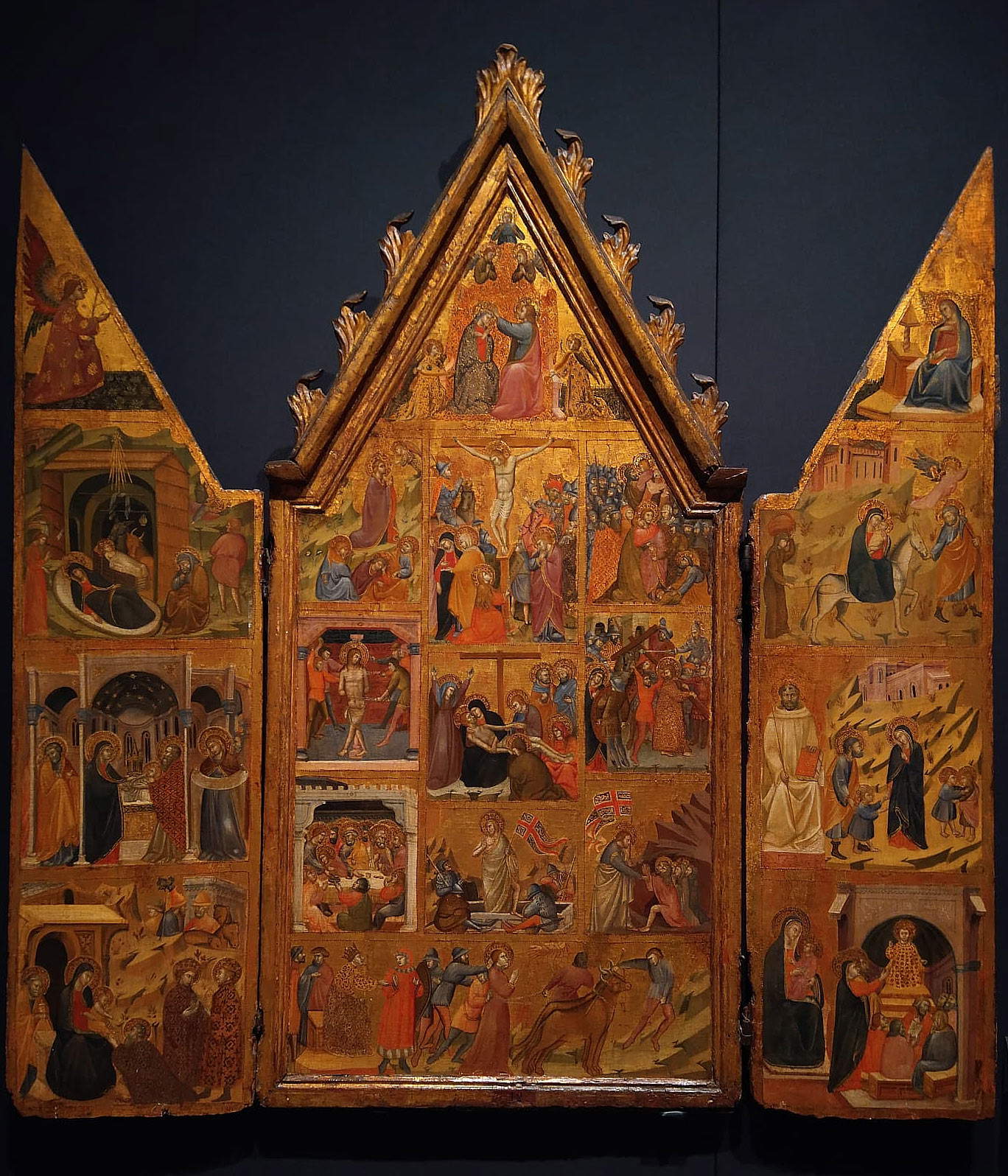
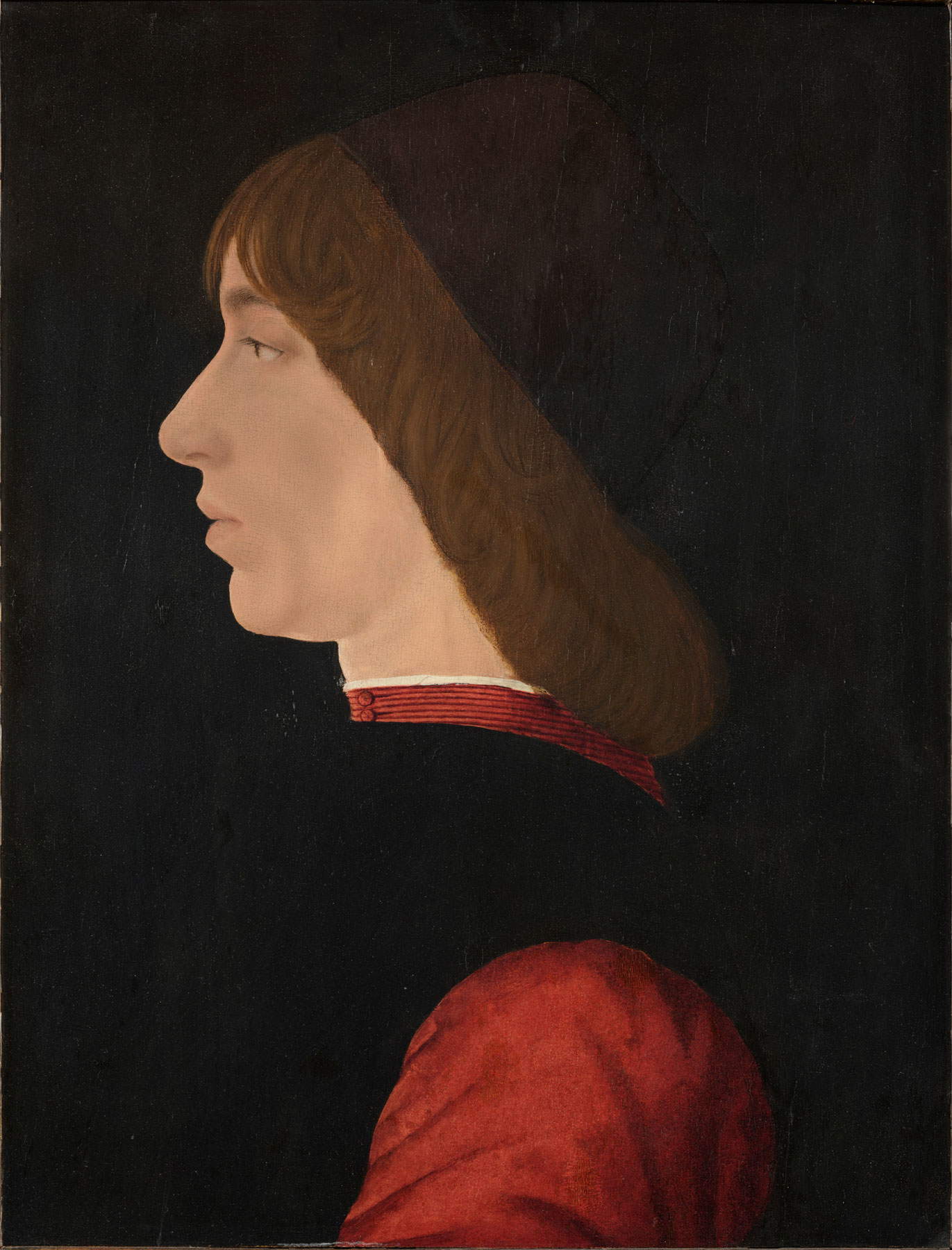
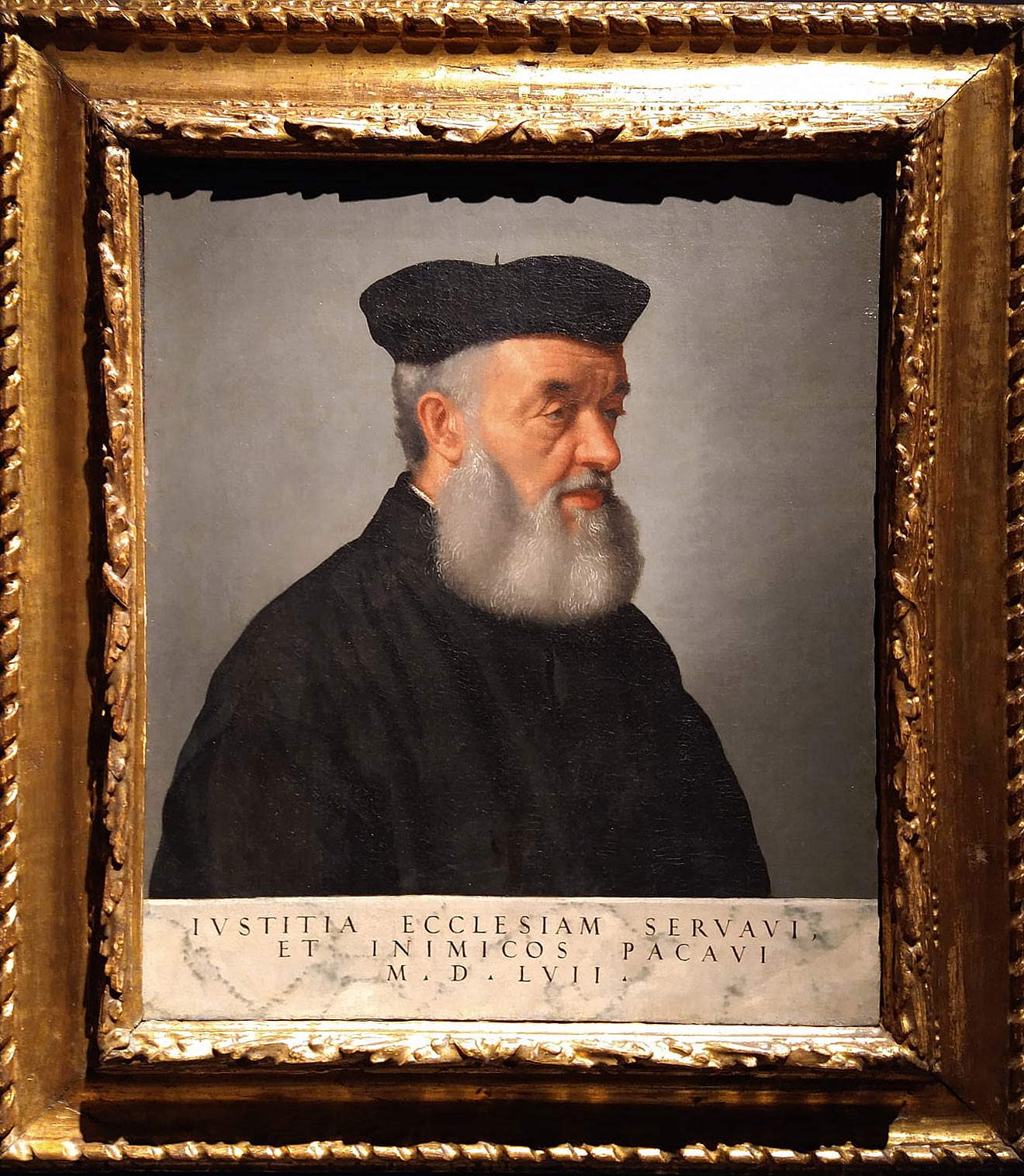
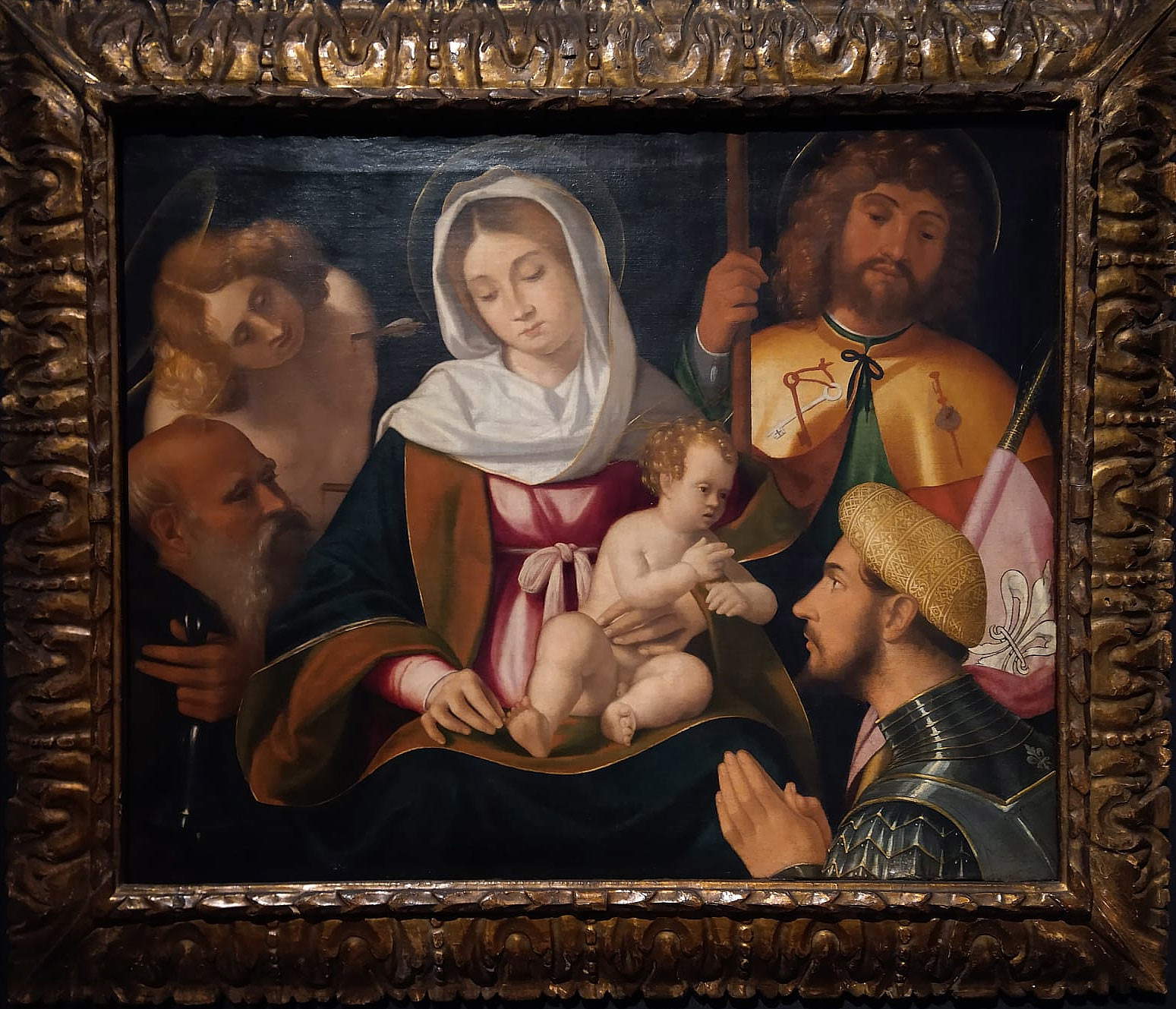
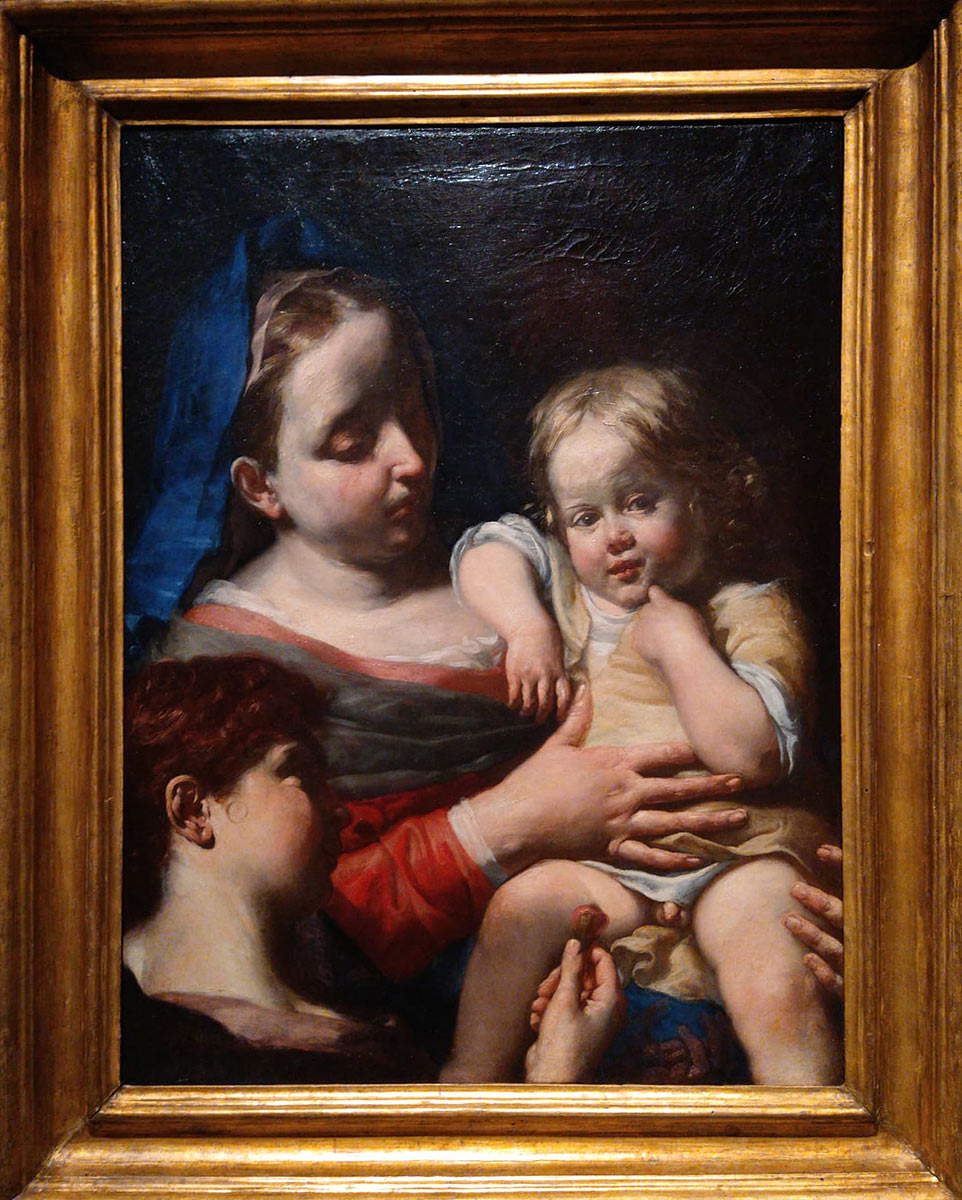
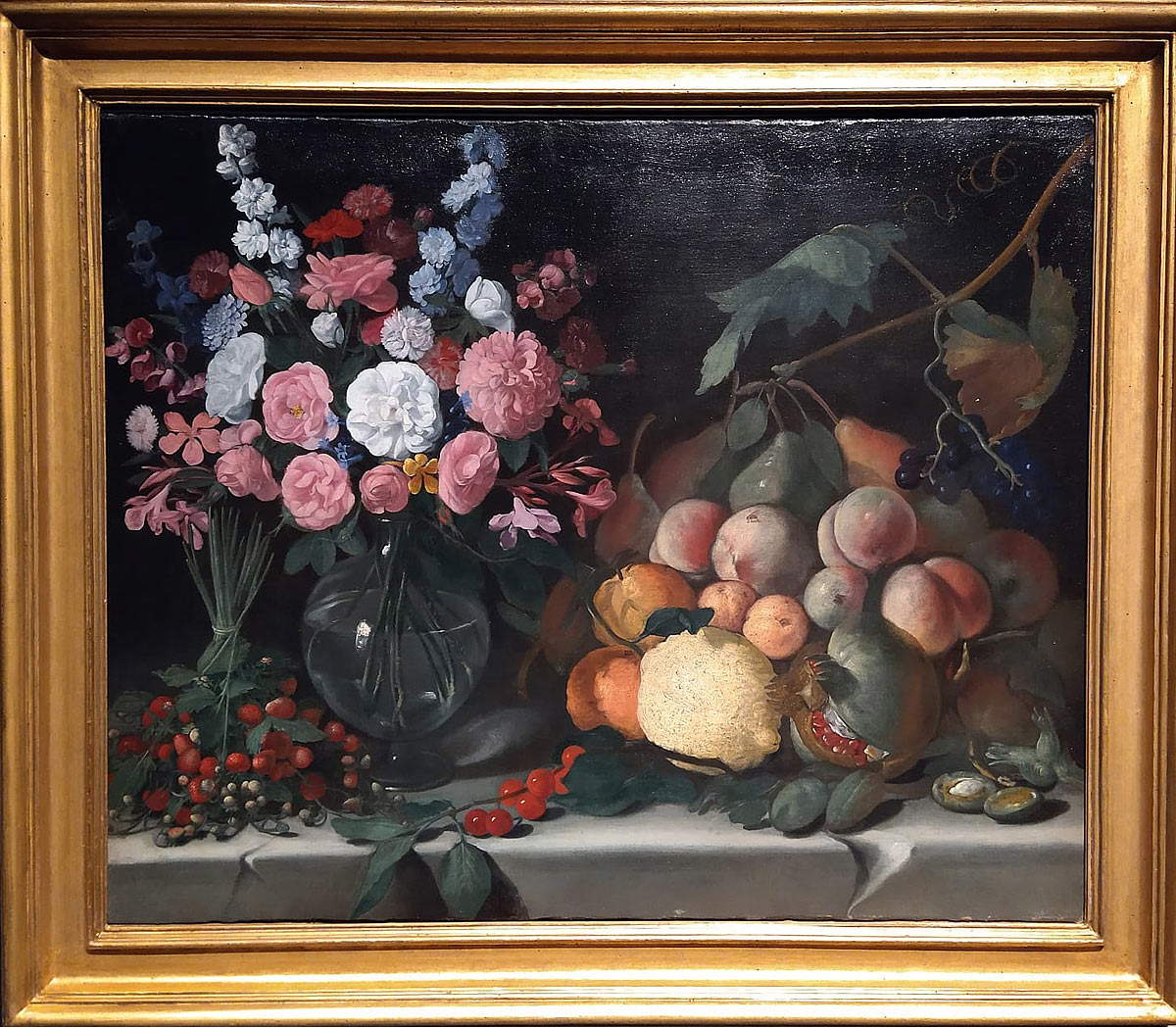
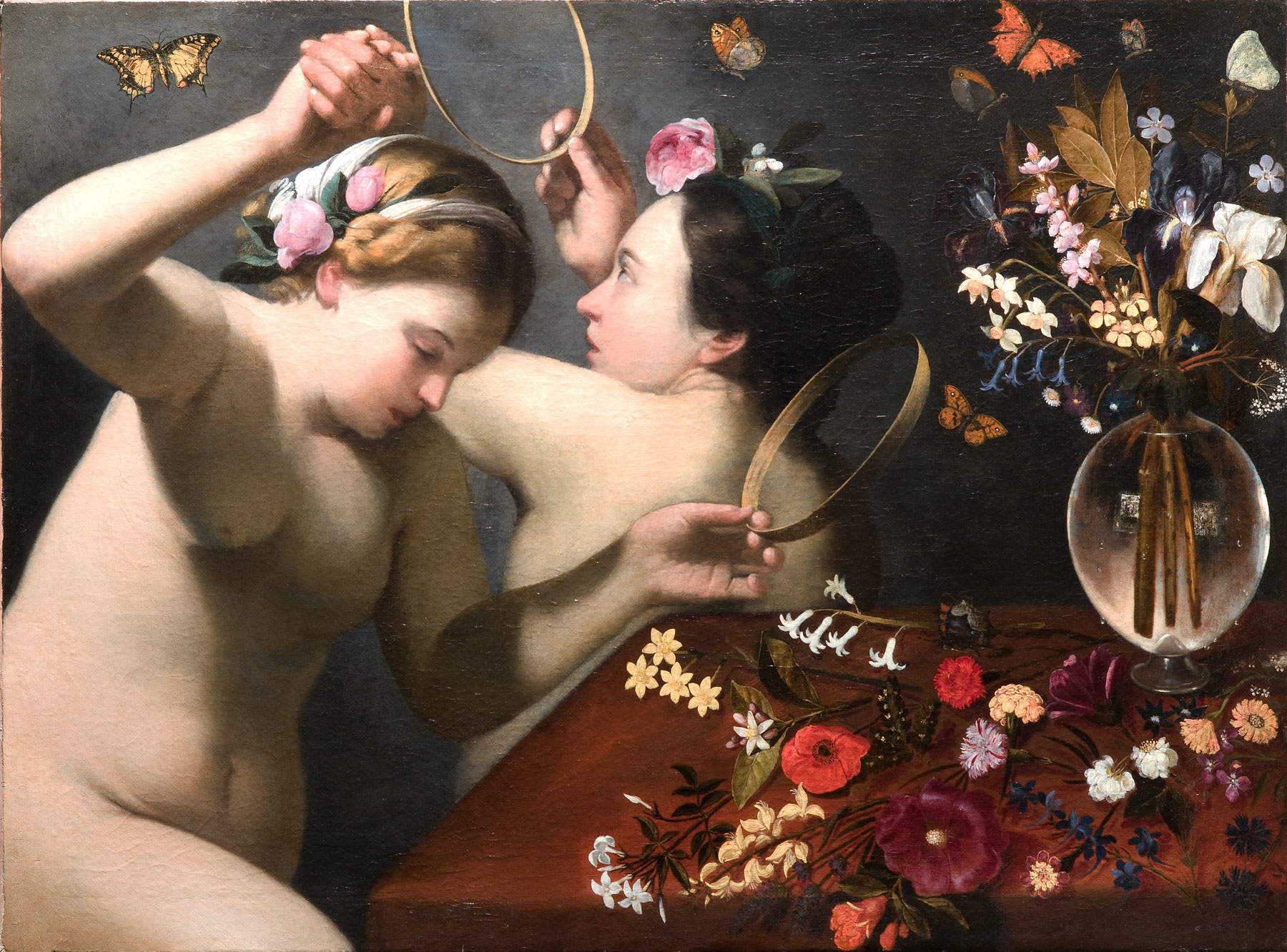
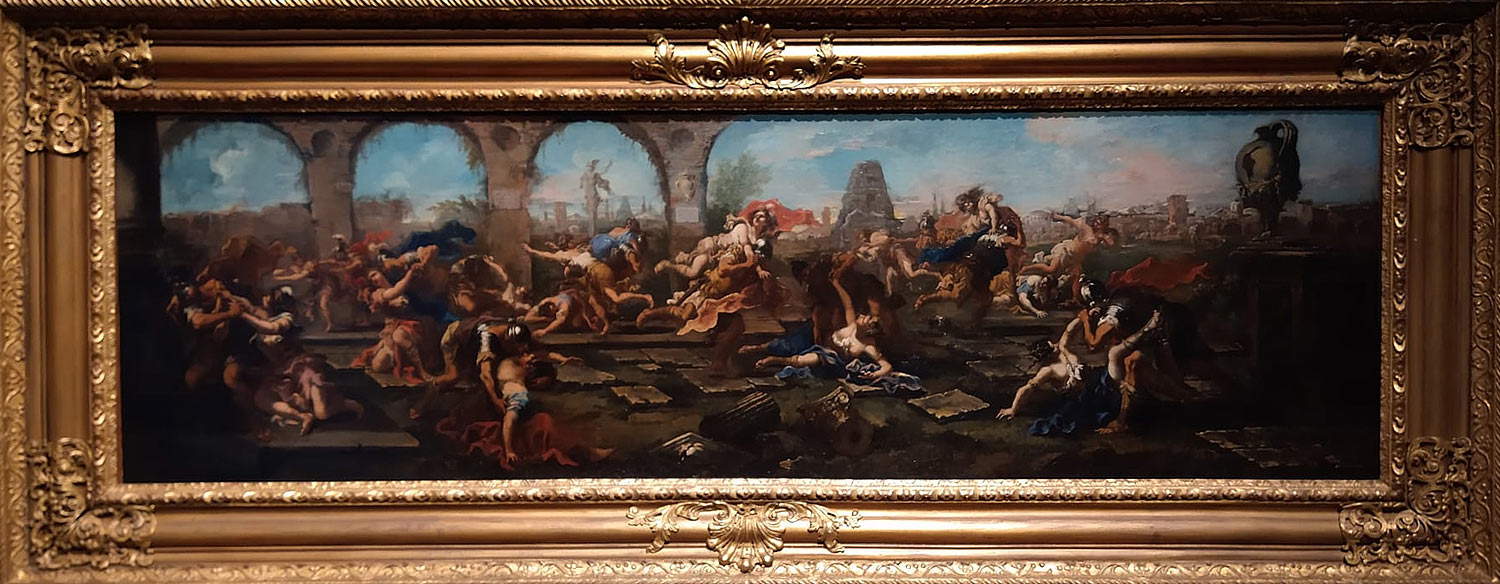
Leading toward the second section of the exhibition are the two works that were part of Federico Zeri’s collection and were left by him after his death at the Poldi Pezzoli: a Saint Elizabeth of Hungary that the art historian attributed to Raphael (today it is believed to be due, if anything, to one of his collaborators, who is still struggling to be identified: there has been a lack of new contributions on the work in the critical literature for years, and the question of the attribution of the tablet still remains open) and a Pietà by Giovanni de’ Vecchi, works that have come down to the ground floor from the halls of the permanent collection to make the relationship that bound Federico Zeri to the museum very clear. The last room, as anticipated, is dedicated to two artists around whom Zeri lavished great effort and concentration: Johannes Hispanus and Donato de’ Bardi. The room panels inform that the case of the former, who is also found mentioned in the literature as “John Hispanus” or “John of Seville,” is one of the most exciting cases for a connoisseur, since it was (and in some ways still is) not about adding works to the catalog of a well-known painter, but about raising from the dust of history an artist who had been forgotten and was waiting to be rediscovered. Johannes Hispanus was a wandering painter, active between the fifteenth and sixteenth centuries, present in half of Italy, from Florence to the Veneto, from Rome to the Marches and beyond, and has moreover been the subject of a recent monograph by Stefania Castellana that has provided further elements for reconstructing the personality of that “stralunato classicist” (so Roberto Cara) capable of drawing from a vast array of sources. A barely 25-year-old Zeri should be credited with initiating such a reconstruction, with an article published in 1948 in which he gathered around the Spanish painter’s name some works that could be linked to the Deposition that collector Alberto Saibene had bought seven years earlier. Longhi was able to act as a go-between for Zeri and Saibene, allowing the young scholar to get to know the work which, Aldo Galli writes, “allowed him to shed more light, plumping it up besides with the most beautiful piece, on a small group of paintings capriciously scattered around Italy that he had already collected on the basis of peculiar stylistic figures.”
The enigmatic Deposition is a complex work, in which Zeri read Perugian cues mingling with elements drawn from Piero di Cosimo, Boccaccio Boccaccino, Leonardo and even French art: a “singular mixture of truths and patterns,” pointed out the scholar who continued throughout his career to devote himself to the Spanish, which even in 1998, a few months before his death, occupied his thoughts. In fact, it was Zeri’s intention to deal with the identification of the subject of the two paintings from the Groppi collection in Piacenza (now in a London collection instead) on display in the exhibition: he failed to do so in time, and the knot would not be untied until 20 years later by Alessandra Galizzi, who read them as two episodes from the novella of Cimone and Efigenia. Closing the group of works by Johannes Hispanus is another Deposition, from the collection of Michelangelo Poletti, which re-emerged on the market only six years ago: the exhibition is the first opportunity to see the two Depositions exhibited together, which stand between them in a relationship of “full evidence,” Galli points out.
Another artist on whom Federico Zeri has poured great and constant effort is Donato de’ Bardi, whose paintings that were traced back to him by the scholar and that go to constitute a small exhibition within the exhibition are displayed in the exhibition: these are the Presentation at the Time from a private collection and the panels with Saints Ambrose, John the Baptist, Jerome and Stephen that were parts of a dismembered polyptych (now divided between private collections and the Pinacoteca di Brera), as well as a Madonna lactans and a Pentecost that were later expunged from the catalog of the Lombard painter long active in Liguria. What Zeri accomplished with Donato de’ Bardi, the curators explain in the catalog, was an operation of particular sophistication: the rediscovery of this artist began with a triptych in the Metropolitan on which the signature “Donatus” appeared and which until 1973 was given to the Venetian Donato Bragadin. It would have been Zeri who traced the work back to Donato de’ Bardi, on stylistic grounds, recognizing that it could not be a work of Venetian culture (although he himself had previously argued for assigning it to Donato Bragadin), and that it should be placed within the Lombard-Ligurian sphere. Before Federico Zeri’s studies, very little was known about the painter and only one work was attributed to him, the Crucifixion in the Pinacoteca Civica in Savona. The change in the attribution of the New York triptych kicked off the reconstruction of Donato de’ Bardi’s physiognomy: this was closely followed by the attribution of the Presentation exhibited at the Poldi Pezzoli (for the first time to the public), of which one cannot fail to note the typically Ligurian architecture, with its black and white marble blocks, that characterizes the temple where the scene takes place, and, in 1976, the attribution to Donato of the four panels that the public can see together in the exhibition. In these saints, Zeri wrote, should be found “the admirable, subtle agreement between form and light” that “is realized according to a formula for which the suggestion of a Foppa ante litteram imposes itself with insistence” and in which “that Nordic, Flemish flavor returns, which stands out at every reading of the Savona Crucifixion.” If the Madonna lactans was traced back in 1989 to the activity of Ambrogio Bergognone, finding unanimous acceptance today, for the Pentecost, another work exhibited to the public for the first time at the Poldi Pezzoli, it is still difficult to find a name, however, since it reveals obvious affinities with the art of Donato de’ Bardi, but without touching the quality of the master’s works.
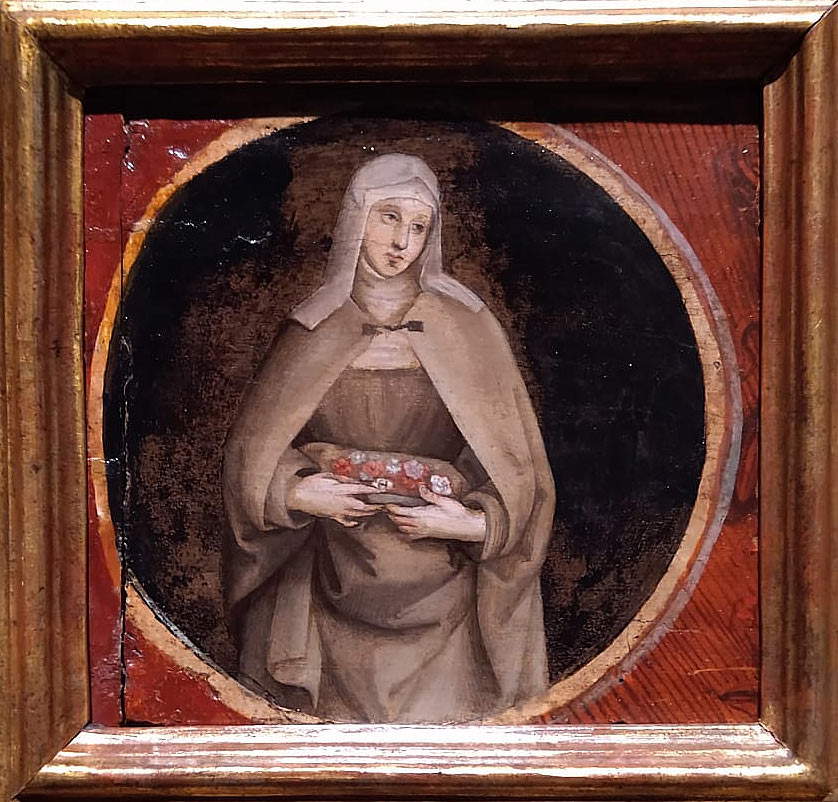
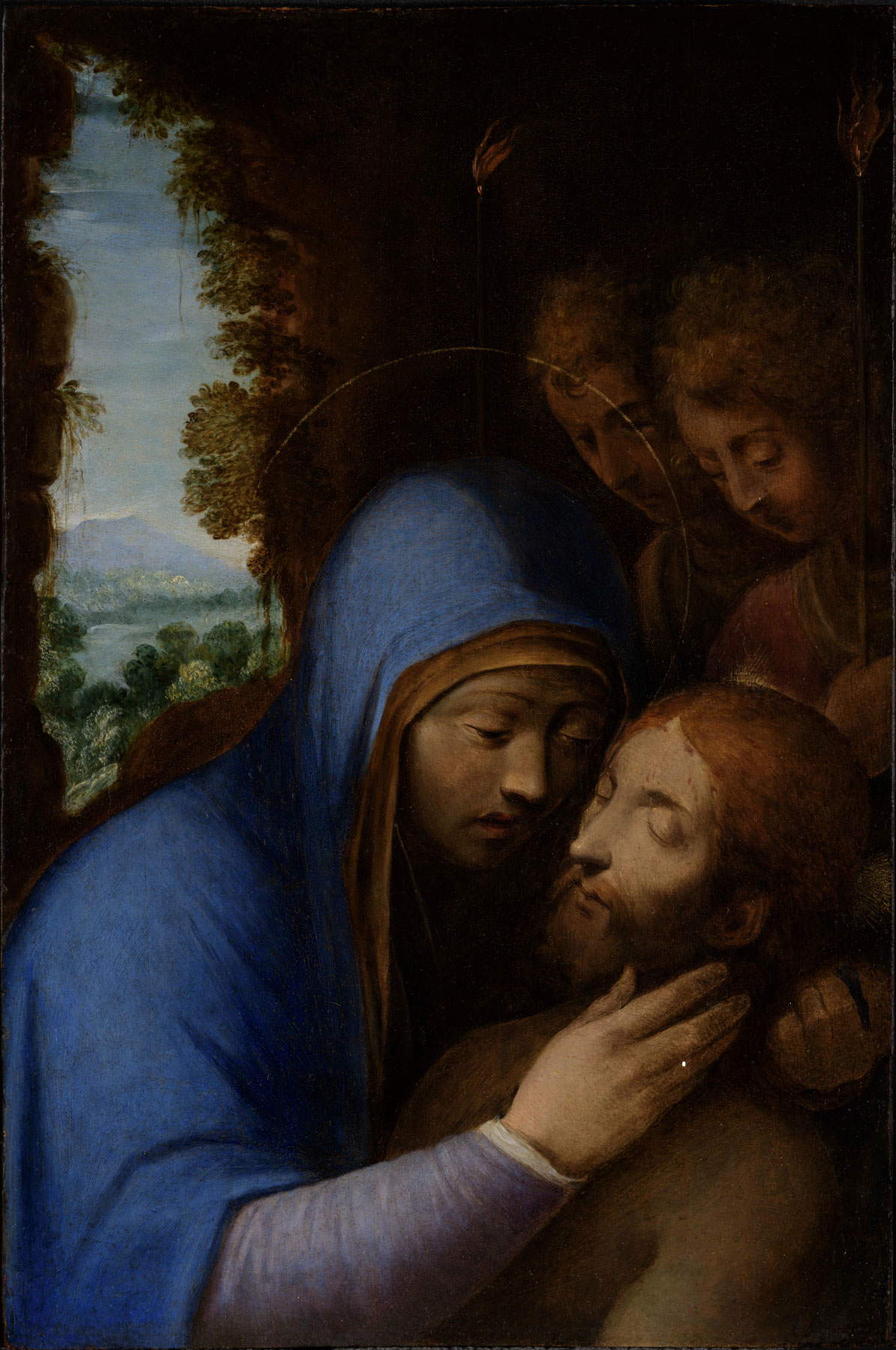
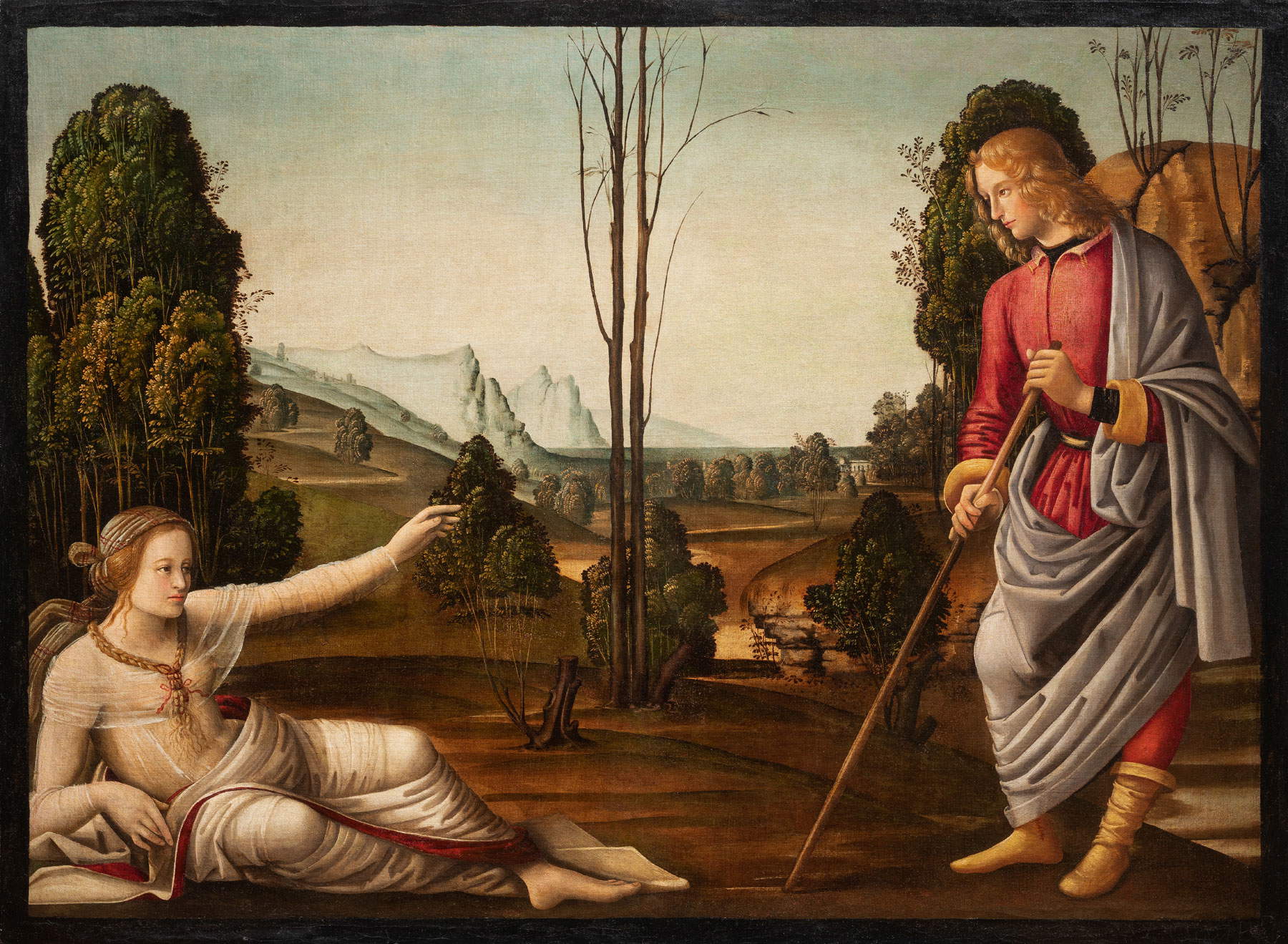
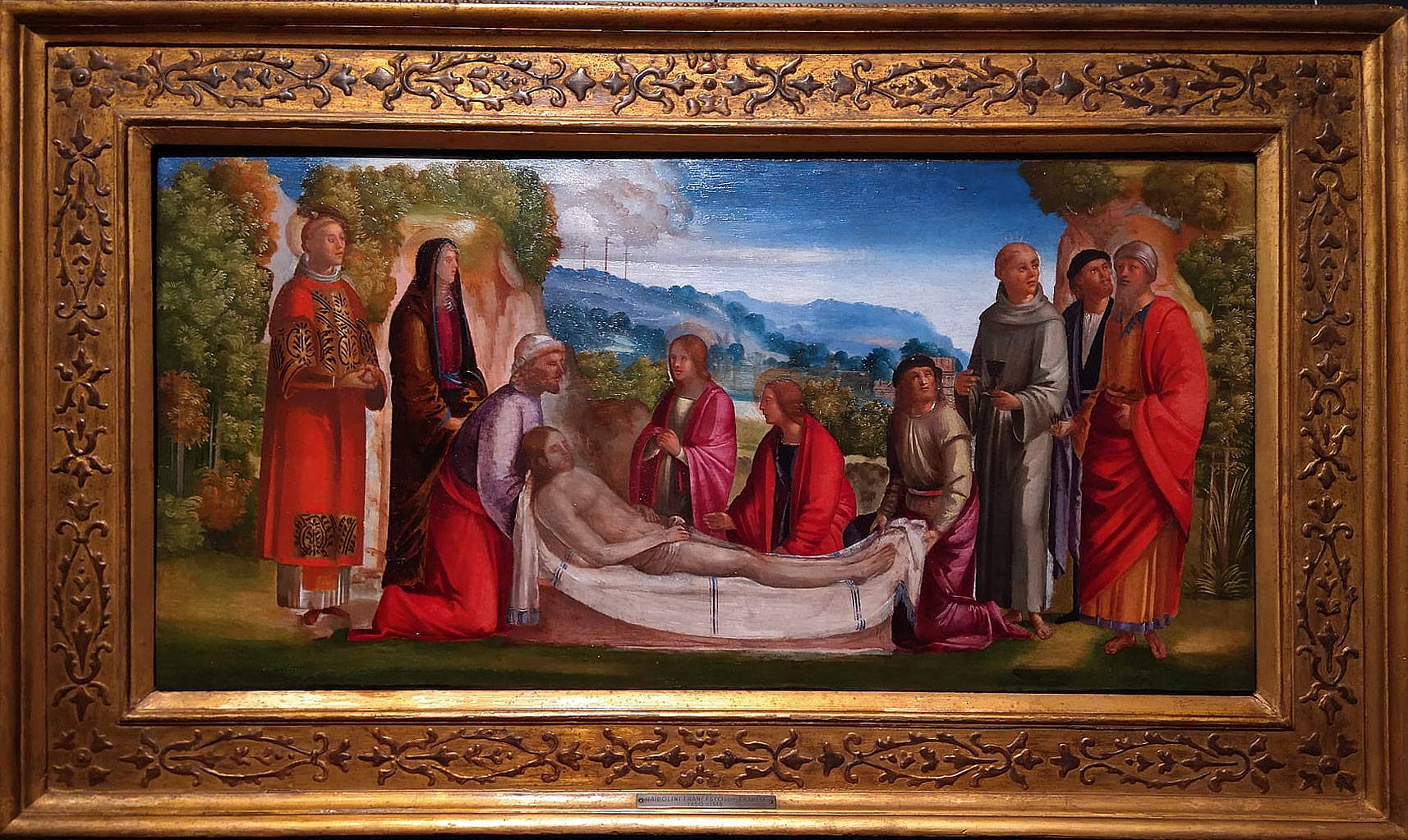
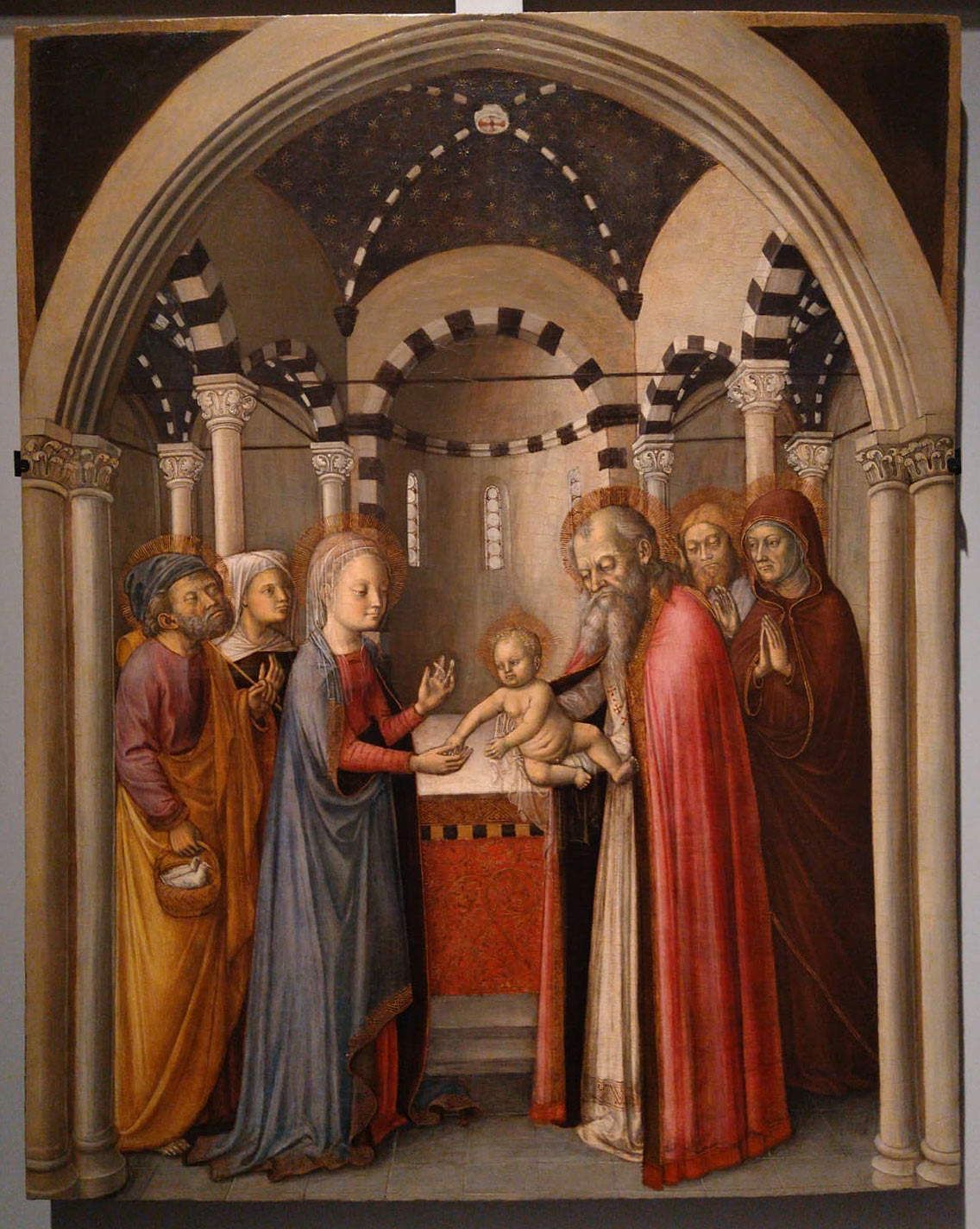
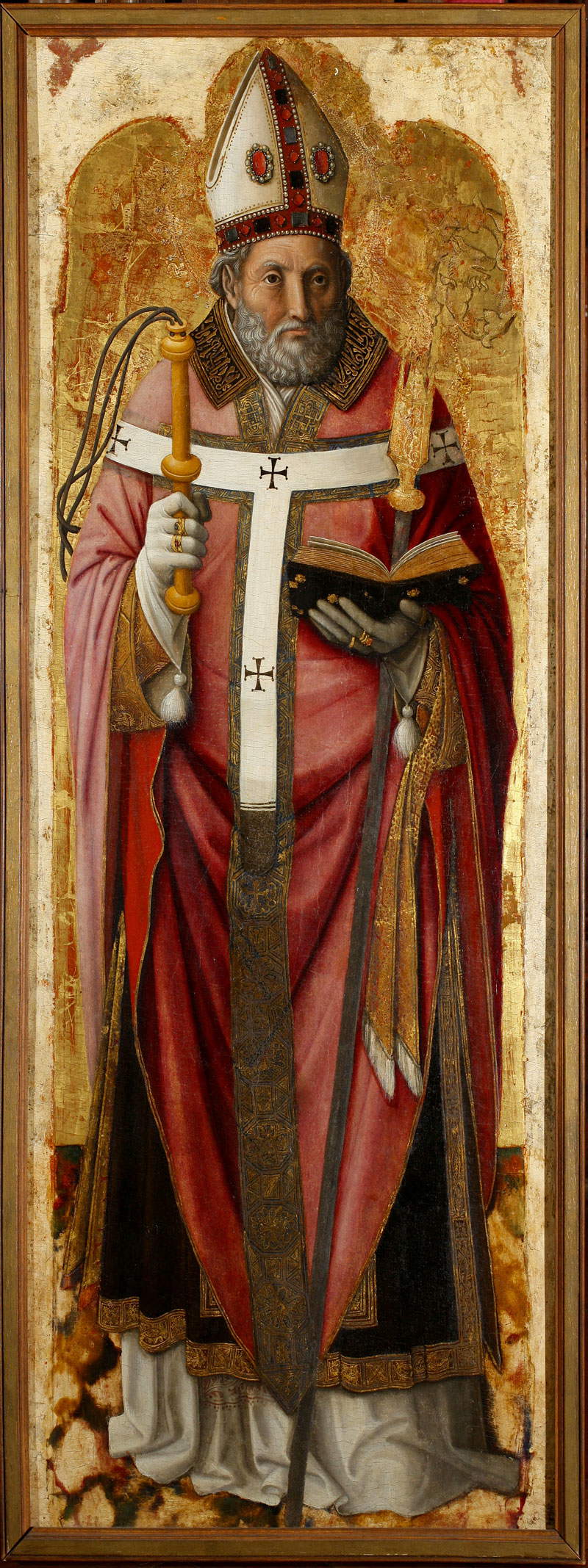
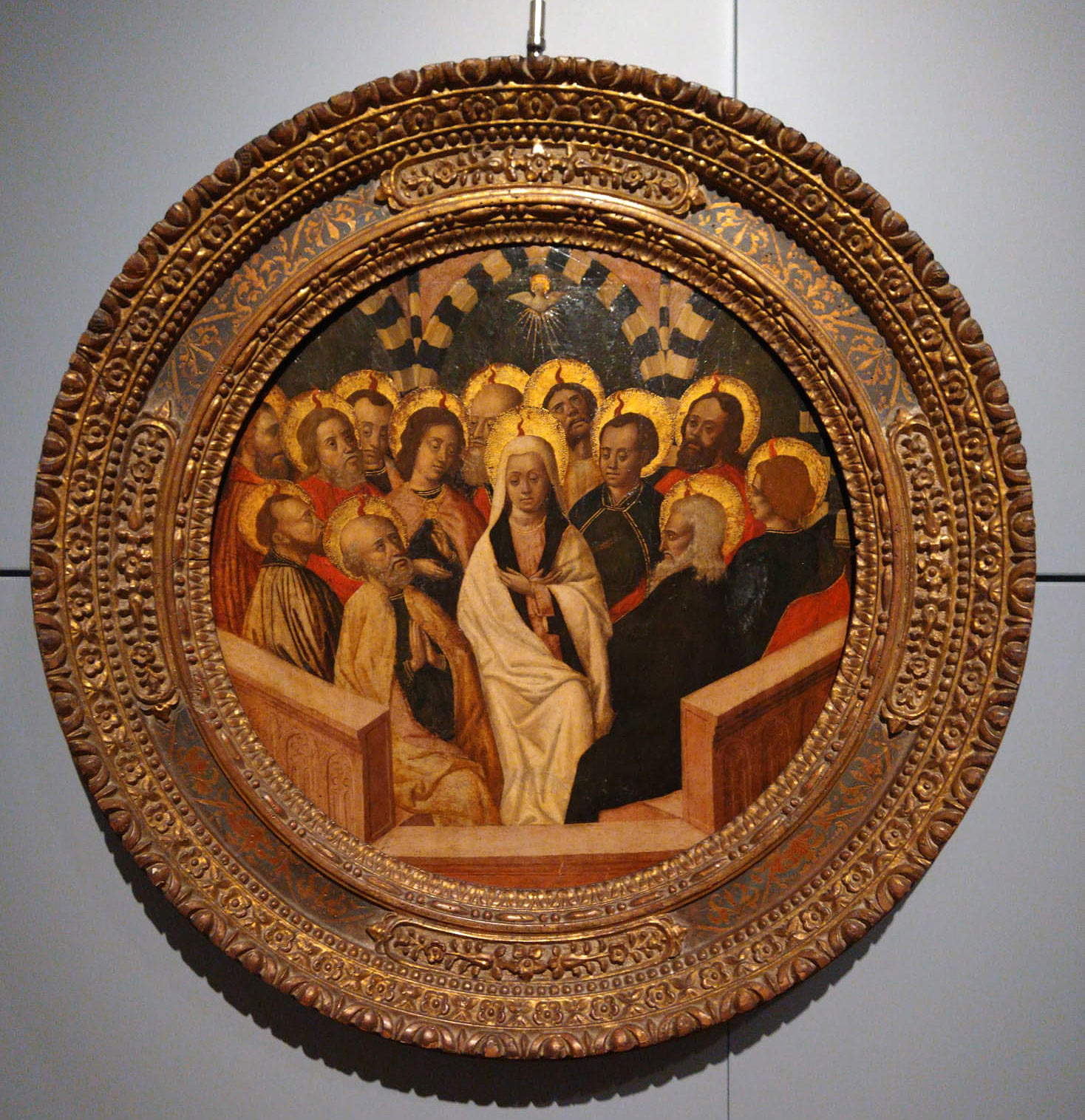
The exhibition is complemented by a section devoted to the “connoisseur’s table”: a display case that collects some 20 photographs, in black and white (it has been said that Zeri preferred photography without color), with the scholar’s annotations, to offer the public a tiny example of the immense amount of images that Federico Zeri collected throughout his career, an indispensable tool to help him in his work as a connoisseur, a gymnasium of daily exercise, a collection in turn of photographs taken from the most disparate sources. A group of them related to the reconstruction of Donato de’ Bardi’s personality appears in Milan. “I begin by repeatedly looking at the countless photographs that are delivered to me,” wrote Federico Zeri in his 1995 autobiography Confesso che ho sbagliato, “examining them first as a whole and then, with a lens, in detail. [...] Next comes the identification of the subject, which is an integral part of the picture, inseparable from the form [...]. Continuing on, I try to establish the region, date and hand of the artist, based on stylistic data.”
The rooms on the ground floor of the Poldi Pezzoli Museum house an exhibition that, with few works (about twenty), almost all of which are difficult to access since they are kept in private collections, and with the use of effective tools (a very pleasant twenty-minute documentary that introduces the public to the exhibition, ample, clear and exhaustive apparatus, and quotations that constantly accompany the itinerary of the visit), it constitutes a very valuable opportunity for in-depth study both for the general public, which thanks to this intelligent review can almost enter Federico Zeri’s studio and see the connoisseur at work, learn about the subjects that fascinated him most and observe the tangible result of his work (and is moreover intrigued to delve further), and for insiders who have had the rare opportunity to see together several works that have often gone off the radar of critics. With, in addition, a nimble catalog that allows one to take stock of what is on display (perhaps for a revival of that on which the literature has long known no advancement) and that also contains recollections of those who worked with Federico Zeri. A real opportunity for knowledge, in the Italian city that Zeri loved and frequented most after his Rome, and in the halls of that “exceptional museum,” as he himself had called the Poldi Pezzoli in Alitalia’s magazine, as an example of a private institution managed with wisdom and foresight.
Warning: the translation into English of the original Italian article was created using automatic tools. We undertake to review all articles, but we do not guarantee the total absence of inaccuracies in the translation due to the program. You can find the original by clicking on the ITA button. If you find any mistake,please contact us.